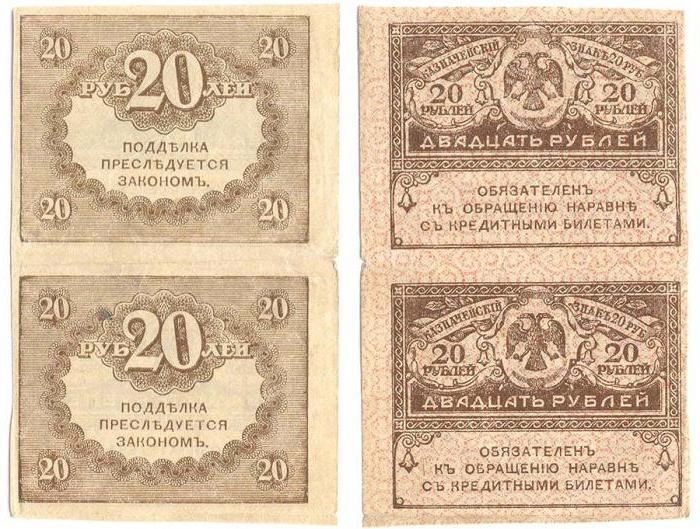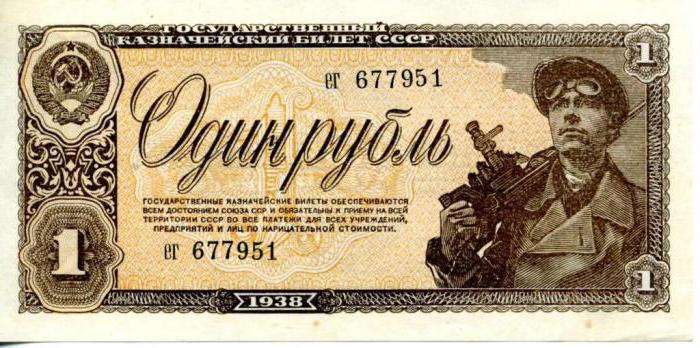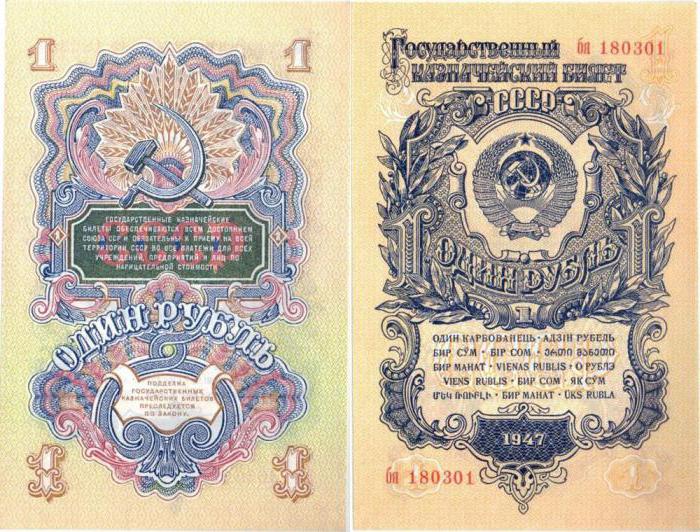Surely you are faced with the fact that it is not easy to notice the difference between the types of different banknotes. In this article, we will examine in detail what lies behind the definition of a treasury ticket.
State treasury bills are ...
The name comes from the French. billet - certificate or certificate. There are several relevant definitions:
- Paper money, bonds, which are printed by the treasuries of various countries.
- Paper notes issued by the Treasury to cover the cash deficit. Therefore, the treasury ticket is not exchanged for gold or currency.
- For the USA - medium-term (repayment period - 2-10 years) obligation; one of four types of securities issued by the treasury of this country.
- In the nineteenth century, the United States was called the short-term obligation - unofficial paper money. They were not legal tender.

- In the same state in 1890-1891. Treasury (coin) ticket was a special type of banknote that was redeemed with silver, gold coins.
- During the American Civil War (1861-1865) - a debt obligation, as well as legal tender, on which interest was paid after three years.
- Types of paper money in the Russian Empire, the RSFSR, the USSR.
The value of treasury bills
The issue of treasury bills is due to the need to cover government spending and budget deficits. These obligations, which cannot be exchanged for gold or currency, are a rarity these days. The short-term state treasury ticket is valid for one year, long-term - up to twenty-five years. During this period, the state was obligated to pay fixed dividends to the ticket holder.

In our country, such securities have been issued since 1836 by a special state body - the Treasury issue. The issue of Soviet treasury tickets completely ceased in 1990. In 1993, they were completely removed from circulation - they were replaced by tickets of the Bank of the Russian Federation.
Treasury ticket: USSR, Russian Empire
Briefly touch on the history of the issue of treasury notes in our country:
- 1831-1840 - two issues of 40 million rubles. The government guaranteed to repay them for 4-6 years. Dividends were paid to those who acquired - 4.32% annually. On the back of the security, they stamped such payments.
- 1840-1860 - the face value was 50 rubles, to be exchanged for silver.
- 1860-1885 - modification of appearance - special coupons appeared on the edges, which were cut off as interest was paid to the owner.
- 1885-1917 - a new denomination appeared - 100 rubles, and the treasury ticket itself became an official means of payment. Profit decreased - 3.79 kopecks per year.
- 1917 - Treasury tickets issued by the Provisional Government ("Kerenki") with a par value of 20.40 rubles. Outwardly, the “nibs” were strikingly reminiscent of consular duty stamps. They were retired from 1921-1922.

- 1934-1961 - For treasury bills, paper without watermarks was used. At first they were decorated only with the emblem of the USSR, then there appeared a portrait of Lenin, then a miner, a Red Army man, a pilot. Denomination - 1, 3, 5 rubles.
- 1947-1961 - the text indicating the dignity of treasury notes has changed - the inscription has been translated into the languages of the republics. The transfers are arranged in chronological order of entry of these regions into the USSR.
- 1961-1991 - as a result of the enlargement of the monetary unit, tickets were reissued on paper with watermarks (five-pointed star). Denomination - 1, 3, 5 rubles. On the three-ruble depicted the Kremlin from the Moscow River, on the five-ruble - the Spasskaya Tower.
Paper money: treasury bills and banknotes
There are three legal cash means of payment: banknotes (bank credit tickets), treasury tickets, change coins. Banknotes are issued by state securities as legal tender. Their main feature: these loans are secured by bills of exchange or gold held by the Central Bank. However, in our time, nowhere is the exchange of banknotes for gold and other precious metals.

The treasury ticket is not at all secured by the state’s gold reserve, since in most cases it serves as a cover for its expenses. Today, after the abolition of the so-called gold standard, the differences between banknotes and treasury bills are almost erased. Thus, treasury bills are both a short-term obligation (as in the time of tsarist Russia) and an official means of payment (as in the period of the USSR). Today in our country they do not apply.